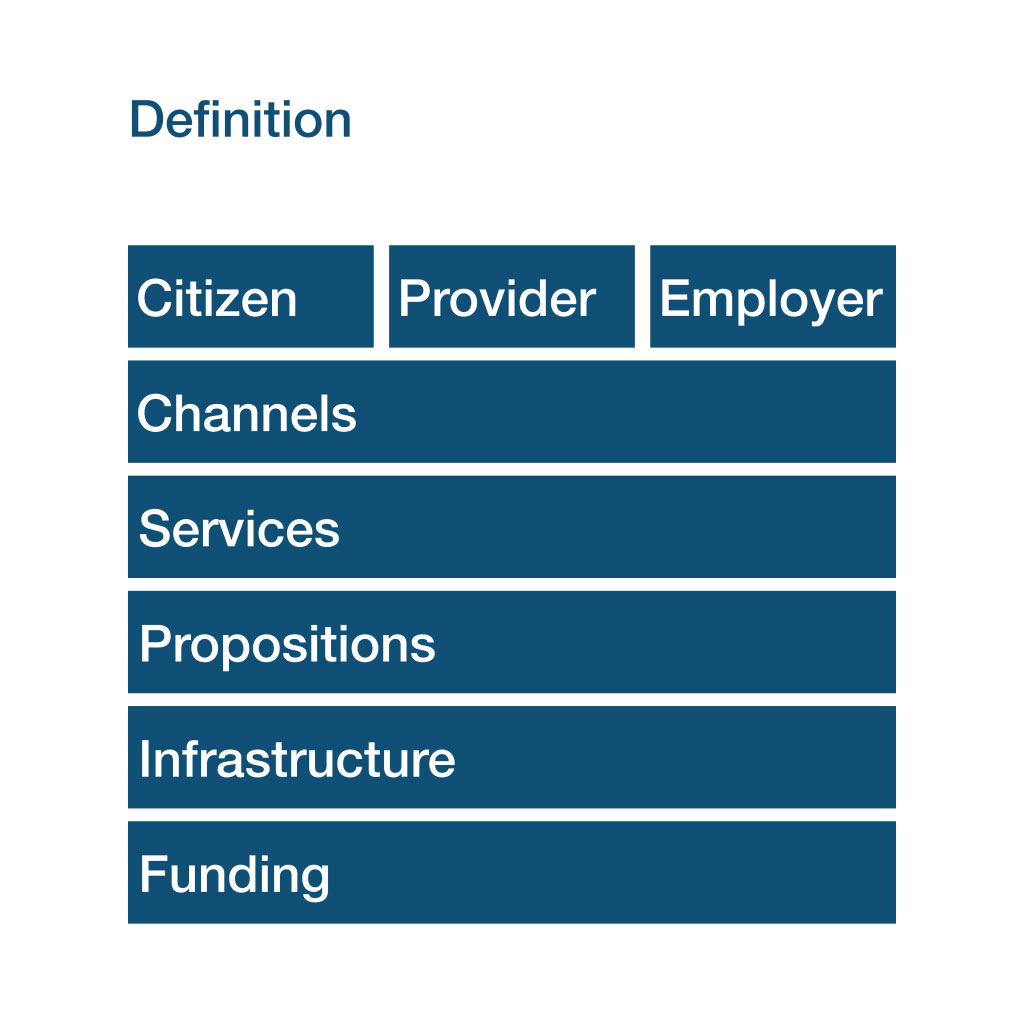Department for Education, UK Government
Deputy Director Customer Experience & Design, September 2020 to June 2021
I joined Education Skills and Funding Agency, part of Department for Education in September 2020 as a Senior Civil Servant on a contract for 10 months. Reporting to Charlotte Briscall, Director CX, Digital and Data I joined as Deputy Director to set up a CX and Design centre of excellence. An overview of what I worked on there follows - it’s a shortened account of a this blog.
Building a centre of excellence
The DfE serves three customer groups: citizens (learners and their parents/carers), providers (teachers, school business managers, heads and childminders), and employers (managers with hiring responsibility, business decision makers).
Working with Paul Kelman, Head of CX and Mark Chambers, Head of Communications, we set about organising ourselves to work on the citizen and employer experience as we already did for providers. To do so we hired service designers, interaction designers and CX managers for each of the customer groups to have dedicated content, research, communications and interaction design resource.
The approach
The education system grows and evolves organically which can lead to the learners and parents needing to navigate a number of siloed experiences. We specified what is a proposition, service, product and channel, so that we could identify ‘horizontal’ experiences that help the customer understand and choose from different options. This showed where there were communications channels to a customer already that could be used.
We introduced a funnel approach starting with reach, and moving through to engagement and participation. We then contrasted this with the service level and resource being offered within an experience. For example Where a teacher is an expert, it is important that not all experiences demand their time, so we looked at what peers or an individual could do by themselves – eg. by creating better self serve experiences.
![]()
![]()
![]()
We introduced a funnel approach starting with reach, and moving through to engagement and participation. We then contrasted this with the service level and resource being offered within an experience. For example Where a teacher is an expert, it is important that not all experiences demand their time, so we looked at what peers or an individual could do by themselves – eg. by creating better self serve experiences.



Rapid testing during the pandemic and the impact of research
I led a CX team with another DD, Jack Collier working on reopening schools and mass testing for Covid. What stood out to me was how early research identified themes and attitudes that played out weeks later across millions of people. One of the biggest successes was to identify the low appetite for testing primary age children among parents, through research led by Magda Bober. This informed the decision not to test those under 11 twice a week, saving vast amounts of teaching time and discomfort to the youngest learners, along with a lot of single use plastic. A great example of using research to determine whether or not to set a policy.
Further Education pre-discovery and scale insight
We created a small multi-disciplinary team to look at the Further Education space, how well learners understand the post-16 options available to them, and how employers understand the system. The discovery helped us to frame the work to be done, and to show the opportunity for a more holistic customer experience across all further education options.
We found through stakeholder research that there was an appetite for quantative research following qual research to support policy decision making. This led to bringing in UserZoom to be able to rapidly gather insight at scale. We saw this bring the voice of customers to many different strands of work at pace, for example looking at what employers look for when they’re hiring junior roles. And, the scale has gave weight to insights and hypotheses to improve the experience.
We found through stakeholder research that there was an appetite for quantative research following qual research to support policy decision making. This led to bringing in UserZoom to be able to rapidly gather insight at scale. We saw this bring the voice of customers to many different strands of work at pace, for example looking at what employers look for when they’re hiring junior roles. And, the scale has gave weight to insights and hypotheses to improve the experience.
Figma and rapid protoyping
Working with Jas Kang, Head of Design at DfE, we introduced Figma as a design tool to ESFA which immediately created visibility of work between teams at DfE. With all colleagues in CX using Figma we also saw that colleagues that didn't come from a design background create high fidelity prototypes to illustrate their ideas using the GDS design patterns. This helped introduce pace to the process.
